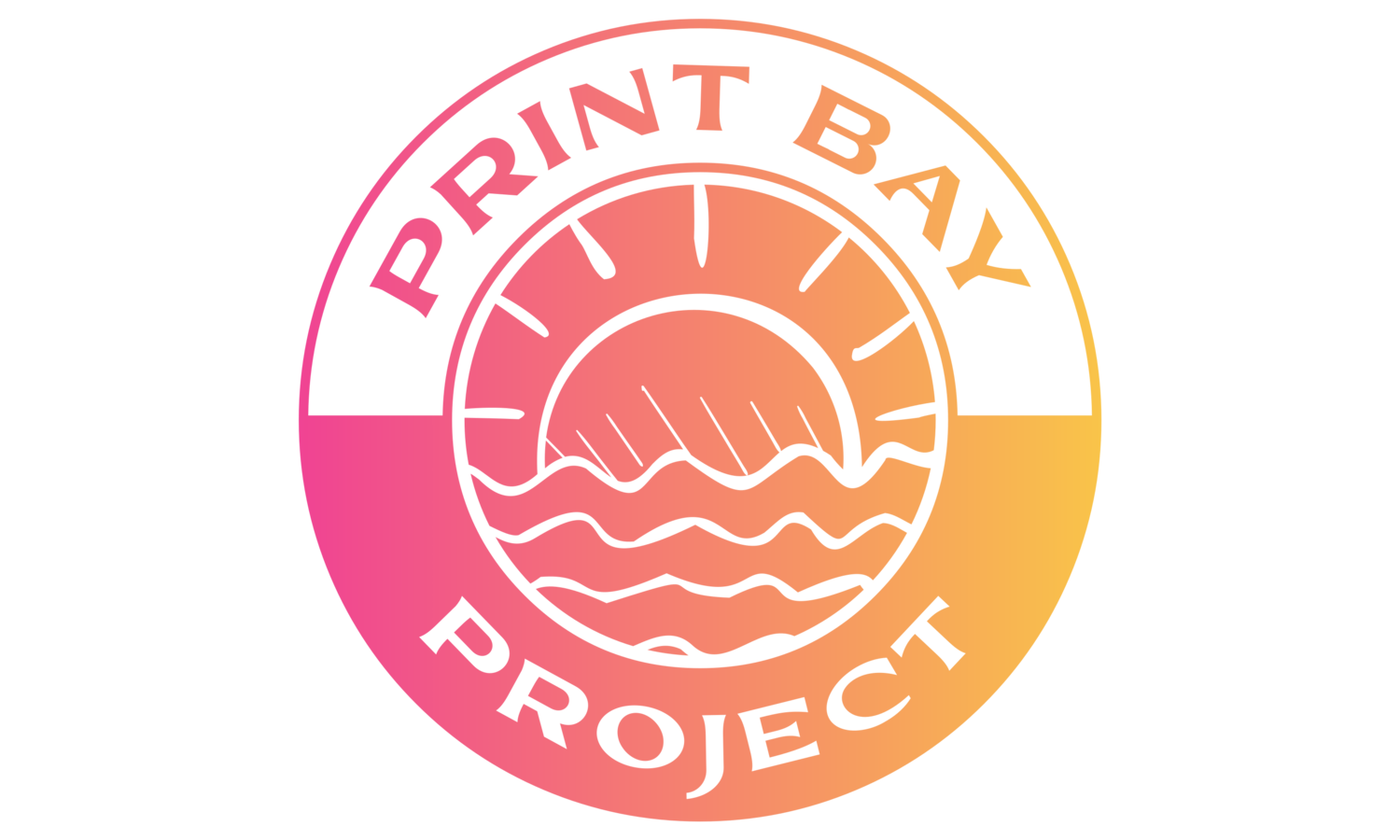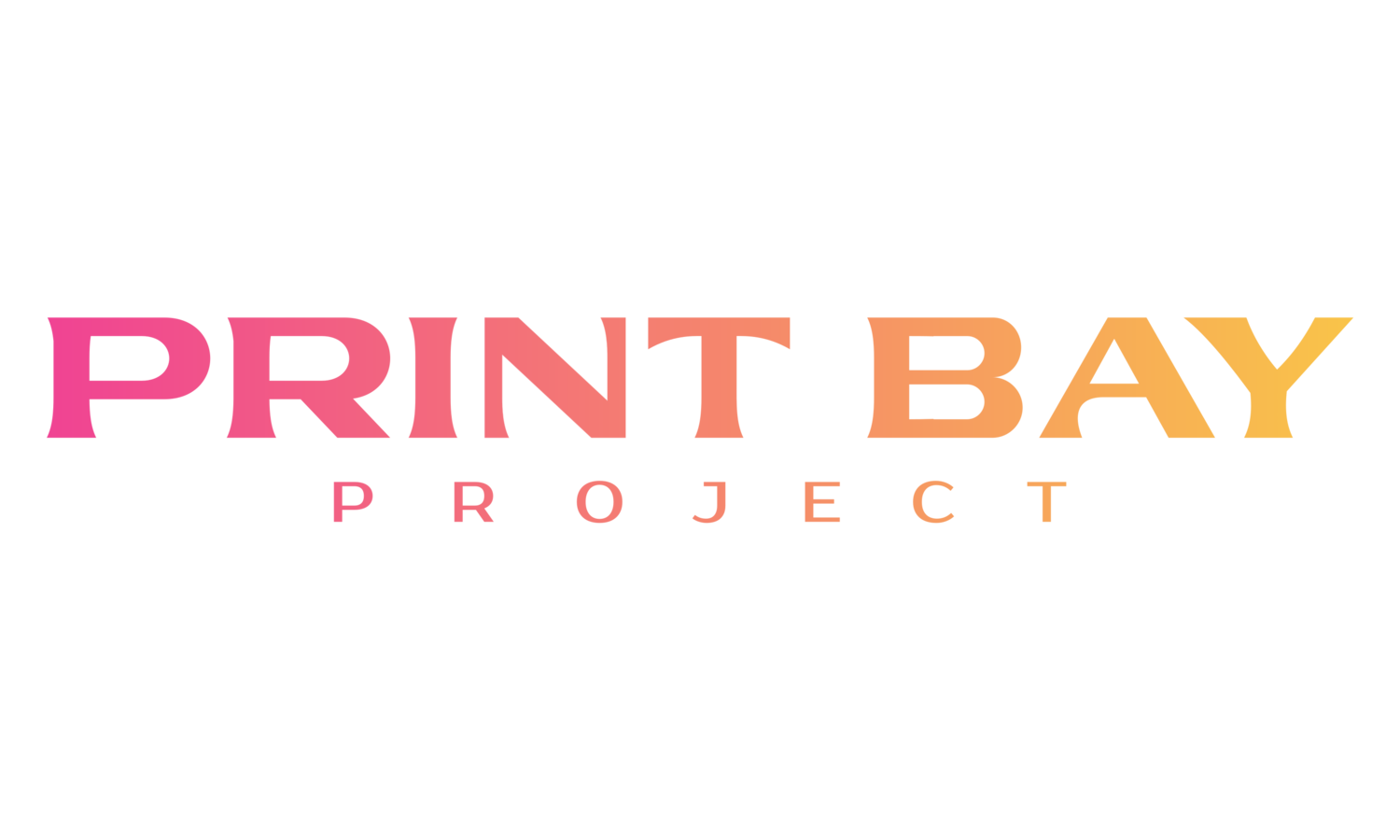Why DTG?
Are you a small business or event organiser looking to promote your brand? Offering apparel with your logo on it is a great way to get people talking about you! There are a number of different ways to print designs onto garments; Direct to Garment, Screen Printing and Direct to Film are all popular options, so which is the best choice for you?
Short answer is, it depends on your needs.
Are you printing:
A design with more than 3 colours?
A large number (30+) of the same size and design?
A garment that you only need to last a few months (eg. kids footy shirts with sponsor logos)?
Here's a breakdown of the characteristics of each printing method to help guide you in your choice.
Direct to Garment
DTG printing is the most modern and versatile option. It doesn't require a lot of set-up time or money, and can be done on small or large runs. The prints are also soft to the touch, which makes them feel high quality. Designs with a lot of detail and colour are best done using DTG.
Having a lower minimum order means less excess stock left lying around or going to landfill. Just order what you expect to sell/ use in 1-2 months and adjust as you go. It also means you can change your design, placement or garment selection more frequently, keeping your inventory fresh and your customers coming back to see what's new.
Because of the digital nature of DTG, resizing is not a time-consuming exercise which also means that you don't need to pay multiple set-up fees per garment size.
You can expect DTG prints to last 50+ washes depending on the print itself and how the garment is cared for. Print Bay pre-treats all of its' garments to ensure better longevity - even for white shirts. We also source our garments from quality Australian manufacturers, and the better quality the garment itself, the longer your prints will last. It is worth noting that images will last longer if you take better care of your garment. Remember all those rules your mum tried to teach you about doing laundry? They apply here. If you wash your printed t-shirt in a cold, gentle wash cycle and line dry it, it will last a lot longer than if you throw the shirt in a hot, permanent press cycle and then tumble dry it on “hot”.
Screen Printing
Screen Printing is a more traditional printing method that is still popular for larger runs (over 30 pieces). The reason you need high volume print runs is because screen printers have to create an individual screen for each colour and size to be used.
Screen Printing is best for printing solid blocks of colour rather than detailed designs. It can be difficult to get small text to look good using this method.
Your prints will last between 20-50 washes, again depending on the fabric and how well it is cared for.
Direct to Film
Direct to Film (or Heat Transfer Printing) is a good choice if you need a large quantity of the same design, and durability and longevity aren't as much of a concern. It is a more economical option.
The prints are not as high quality as DTG or Screen Printing and they often fade quickly. The upside is that heat transfer prints can be placed onto a wider range of fabrics, whereas minimum 80% cotton is recommended for DTG and Screen Printing.
Direct to Film prints can last only 5-50 washes depending on the quality of the heat transfer, the garment material and how the clothing is cared for.
Verdict?
DTG is perfect for small businesses who need to produce low volumes of prints. It's also a more affordable option than screen printing, and doesn't require the same setup costs. DTG printers can also print very high quality images, making them perfect for detailed designs and photographic prints. They're also much faster than traditional screen printing methods, which can often take several hours per shirt.
Heat Transfer is a great option for printing on clothing that you don't need to last very long - eg. promo events or single season sports wear, and your options for fabrics extend further than natural materials only.
If you're looking for competitive pricing and someone to talk to face to face about your DTG or Heat Transfer printing project, contact Print Bay today to find out more.


